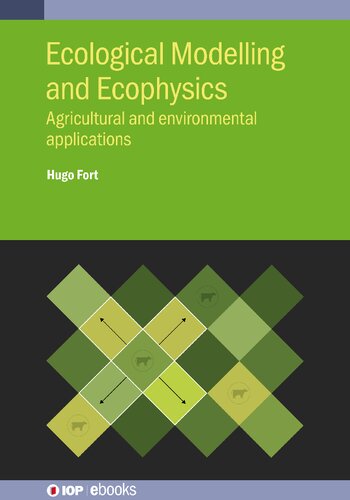

Most ebook files are in PDF format, so you can easily read them using various software such as Foxit Reader or directly on the Google Chrome browser.
Some ebook files are released by publishers in other formats such as .awz, .mobi, .epub, .fb2, etc. You may need to install specific software to read these formats on mobile/PC, such as Calibre.
Please read the tutorial at this link: https://ebookbell.com/faq
We offer FREE conversion to the popular formats you request; however, this may take some time. Therefore, right after payment, please email us, and we will try to provide the service as quickly as possible.
For some exceptional file formats or broken links (if any), please refrain from opening any disputes. Instead, email us first, and we will try to assist within a maximum of 6 hours.
EbookBell Team

5.0
28 reviewsThis book focuses on use-inspired basic science by connecting theoretical methods and mathematical developments in ecology with practical real-world problems, either in production or conservation. The text aims to increase the reader's confidence to rely on partial aspects and relations of systems to which we only have an incomplete understanding. By abstracting and simplifying problems, Ecological Modelling and Ecophysics seeks to expand the reader's understanding and ability to solve practical issues with rigorous quantitative methods.
The first part of this book is devoted to classical methods in population and community ecology. The second part aims to introduce the reader to certain tools and techniques from different branches of physics, such as thermodynamics, statistical mechanics and complex systems, and their applications in ecology and environmental sciences. Connecting ecological problems with well-studied phenomena in physics allows the exploiting of analogies to gain deeper insight into these problems, to identify novel questions and problems, and to get access to alternative quantitative methods and tools from physics. This is an essential text for quantitative ecologists and environmental scientists with an interest in novel mathematical approaches, and also applied physicists and mathematicians with an interest in ecological systems.
Key Features